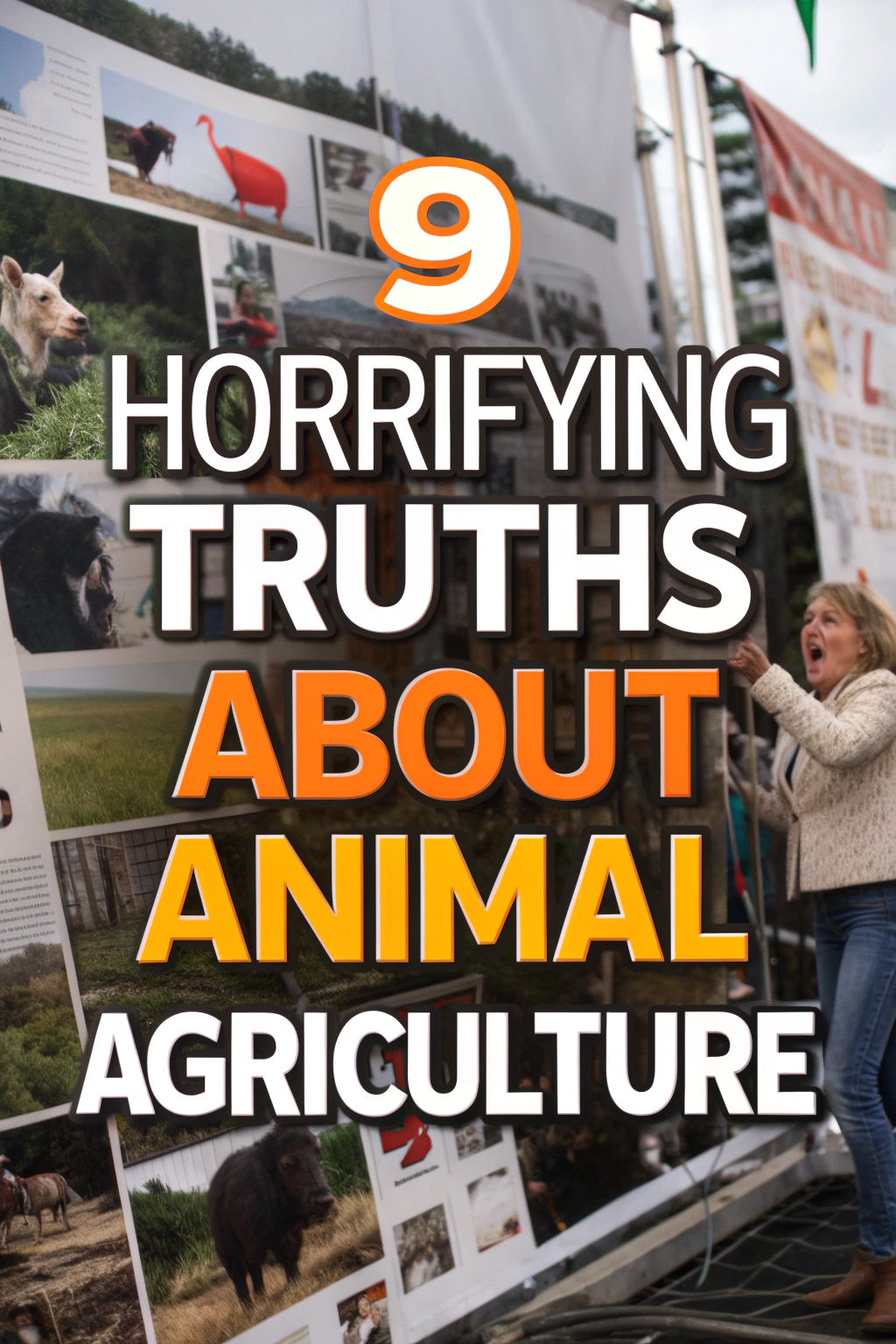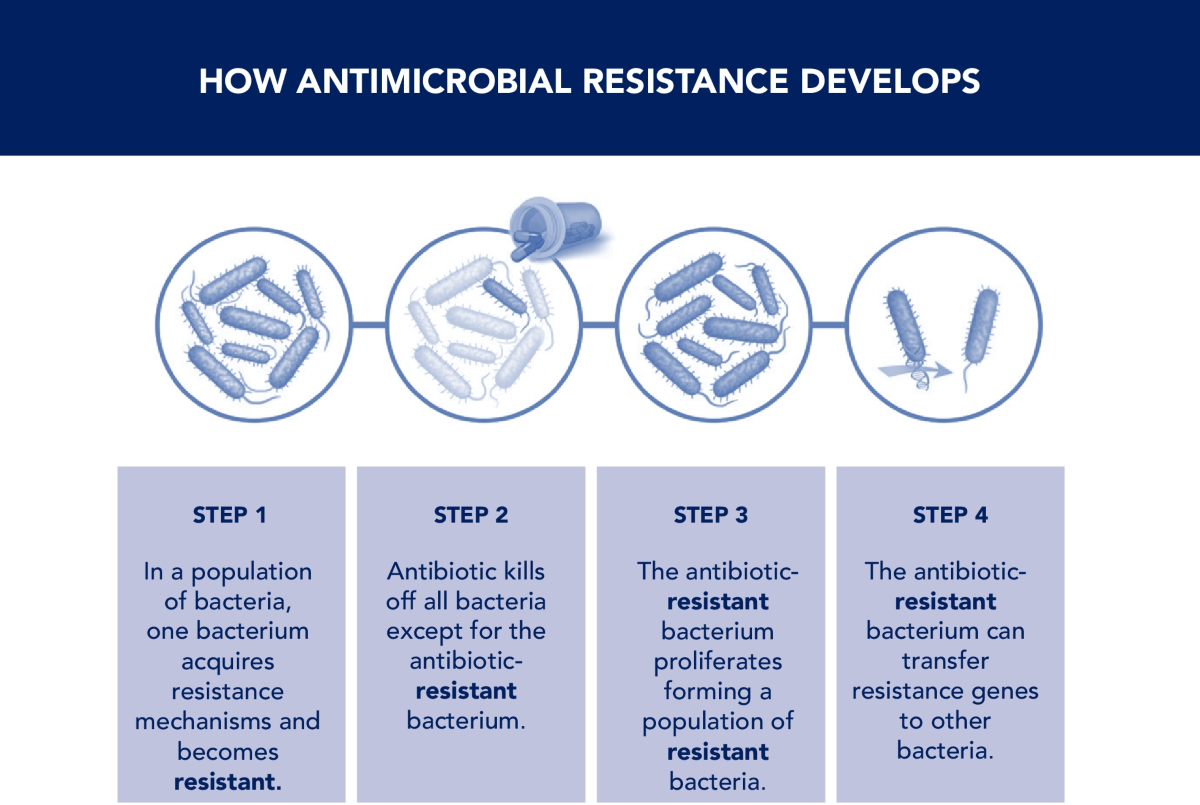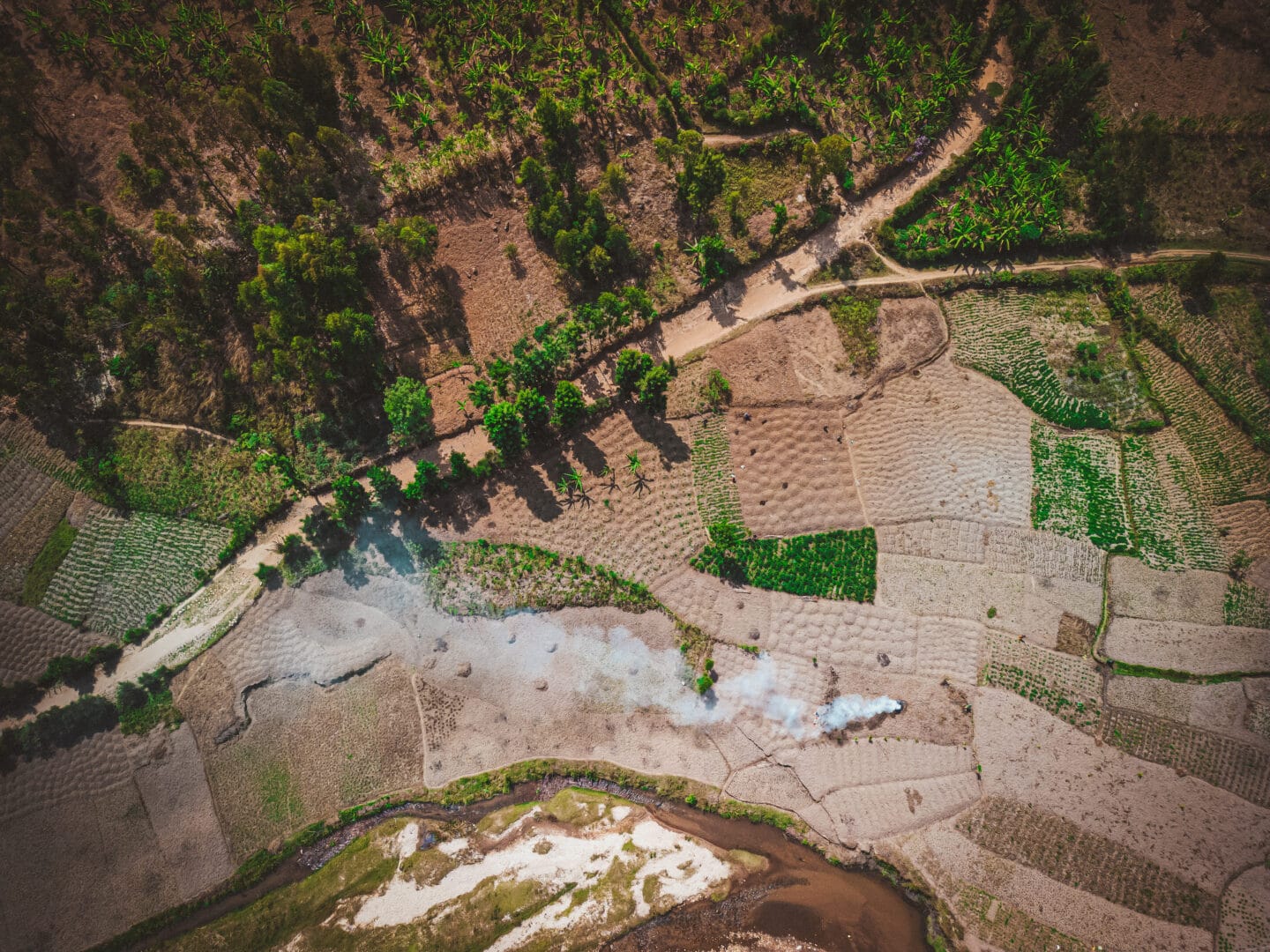9 Horrifying Truths About Animal Agriculture That Will Make You Question Everything On Your Plate


Ever wonder what really goes on behind the closed doors of factory farms? We're not talking cute cartoons of happy cows here. Prepare to have your rose-colored glasses shattered. This isn't about guilt-tripping; it's about uncovering some unsettling truths that might just change the way you look at your next meal. Buckle up, because these revelations are definitely not for the faint of heart.
We've compiled nine eye-opening facts about modern animal agriculture that will make you seriously reconsider the ethics, environmental impact, and overall sustainability of your dietary choices. Are you ready to face the reality of what ends up on your plate? Let's dive in...
Confined Living Conditions
Imagine spending your entire life crammed into a cage or a pen so small you can barely turn around. This is the grim reality for millions of chickens, pigs, and cows in factory farms. These animals are denied natural behaviors like foraging, roaming, and socializing, leading to immense stress and suffering.
Routine Antibiotic Use

To keep animals alive in these unsanitary and overcrowded conditions, farmers routinely administer antibiotics, even when the animals aren't sick. This overuse of antibiotics contributes to the rise of antibiotic-resistant bacteria, a serious threat to human health.
Ammonia-Filled Air

The sheer volume of animal waste produced on factory farms creates a toxic environment. The air is thick with ammonia, leading to respiratory problems for both the animals and the workers. The stench alone is enough to make you gag.
Mutilations Without Pain Relief
Practices like tail docking, beak trimming, and castration are commonly performed on farm animals, often without any pain relief. These procedures are done to prevent animals from harming each other in the stressful, crowded environments, but they inflict significant suffering.
Forced Rapid Growth
Through selective breeding and unnatural diets, animals are forced to grow at an accelerated rate. This puts tremendous strain on their bodies, leading to bone problems, heart failure, and other health issues. These animals are essentially pushed to their breaking point.
Slaughterhouse Inhumanity

Even with regulations in place, slaughterhouses are often chaotic and brutal places. Animals may not be properly stunned before slaughter, leading to prolonged suffering. The sheer scale of the operation makes it difficult to ensure humane treatment.
Environmental Degradation

Animal agriculture is a major contributor to environmental problems, including deforestation, water pollution, and greenhouse gas emissions. The vast amounts of land needed to raise animals and grow their feed contribute to habitat loss and climate change.
Hidden Government Subsidies
The price of meat and dairy is artificially low due to massive government subsidies. Taxpayers are essentially funding an industry that contributes to animal suffering, environmental damage, and public health problems. This distorts the market and makes it harder for sustainable alternatives to compete.
The Power of Consumer Choice

Ultimately, the future of animal agriculture lies in the hands of consumers. By making informed choices about what we eat, we can reduce the demand for factory-farmed products and support more humane and sustainable farming practices. Every bite counts.




